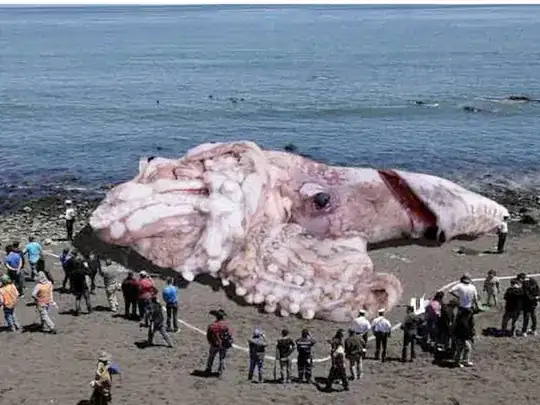I haven't been able to find much on this question. I am making a world that is fairly cold compared to ours, not quite a snowball planet but enough that the highest average temperature is 66 degrees Fahrenheit at the equator, with most regions drastically colder (43 Fahrenheit or so is the average). It also has slightly lower gravity than our planet, not by a drastic amount but around 80% of Earth's gravity.
Now, I am going through this by making a biosphere that progressively evolves for fun, and I reached a debate when looking at one of my creatures. Little needs to be known about this creature as all you need to know is that it uses hemocyanin instead of hemoglobin. This is because this creature lived in the deep ocean where it is generally cold, and it has now reached land and colonized it, currently being in the warmer areas of the planet.
Now, from my research, it seems to be that hemocyanin is much more inefficient than hemoglobin is, and there isn't any massive lifeforms on our planet that have hemocyanin blood, as most vertebras have hemoglobin blood. Minor handwavium is acceptable, but it may break suspension of disbelief if I have a brontosaurus-sized creature with much less efficient blood. I am also not asking for square cube laws, I am perfectly aware of them, I just want to know if hemocyanin provides size limitations and if so, what kinds and how to bend or fix these limitations with evolution.
So, in conclusion, what is the largest feasible size a creature using hemocyanin instead of hemoglobin could reach?
